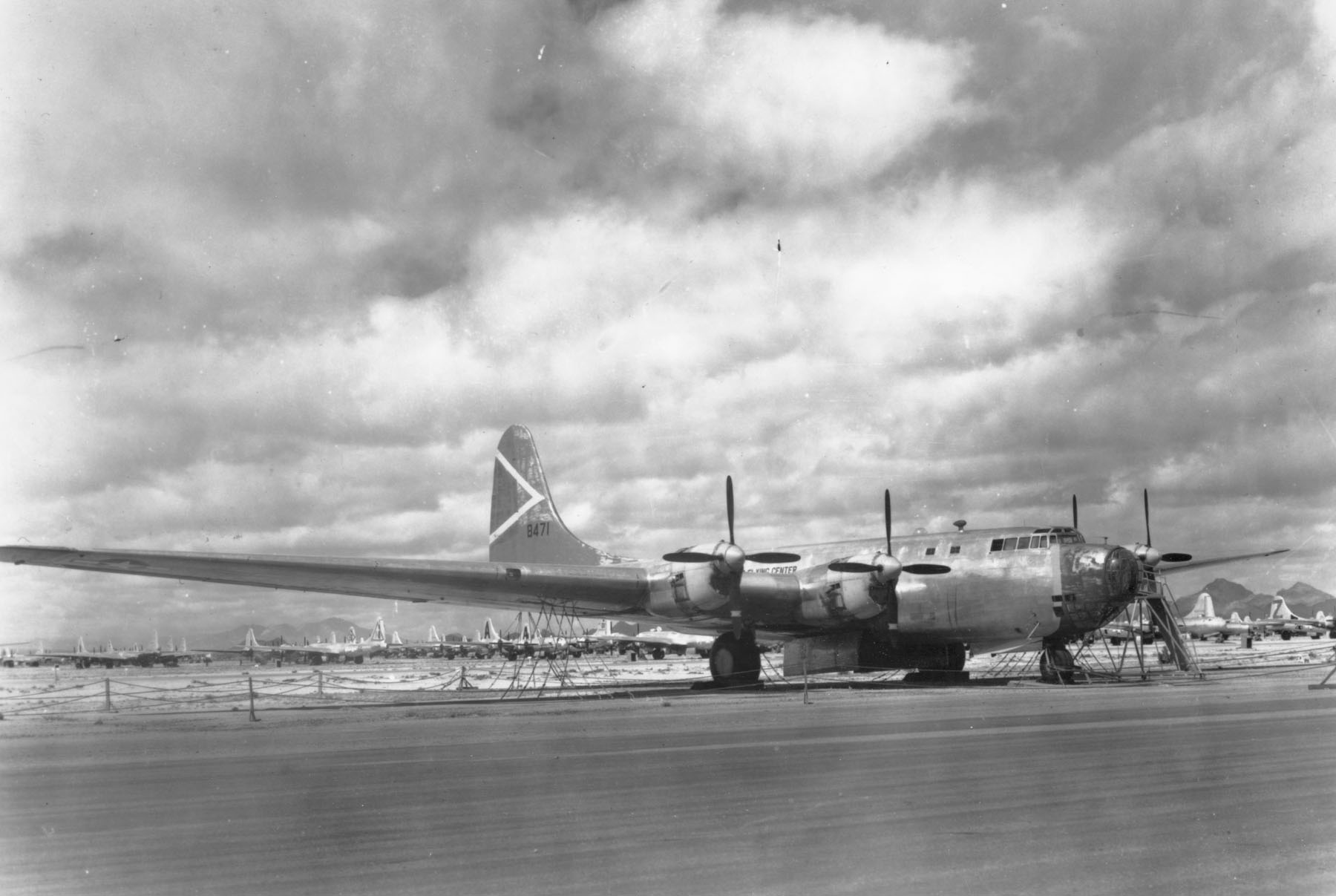Gamecock Fanatics
You are using an out of date browser. It may not display this or other websites correctly.
You should upgrade or use an alternative browser.
You should upgrade or use an alternative browser.
Countdown to Kickoff II: The Final 24 Days
- Thread starter Swayin
- Start date
Bobby Labonte


USS Wasp. CV-18.
_underway_at_sea,_circa_in_early_1967_(NH_97509).jpg/1280px-USS_Wasp_(CVS-18)_underway_at_sea,_circa_in_early_1967_(NH_97509).jpg)
_underway_at_sea,_circa_in_early_1967_(NH_97509).jpg/1280px-USS_Wasp_(CVS-18)_underway_at_sea,_circa_in_early_1967_(NH_97509).jpg)
https://en.wikipedia.org/wiki/USS_Wasp_(CV-18)USS Wasp (CV/CVA/CVS-18) was one of 24 Essex-class aircraft carriers built during World War II for the United States Navy. The ship, the ninth US Navy ship to bear the name, was originally named Oriskany, but was renamed while under construction in honor of the previous Wasp (CV-7), which was sunk 15 September 1942. Wasp was commissioned in November 1943, and served in several campaigns in the Pacific Theater of Operations, earning eight battle stars.
Like many of her sister ships, she was decommissioned shortly after the end of the war, but was modernized and recommissioned in the early 1950s as an attack carrier (CVA), and then eventually became an antisubmarine carrier (CVS). In her second career, she operated mainly in the Atlantic, Mediterranean, and Caribbean. She played a prominent role in the manned space program, serving as the recovery ship for five missions: Gemini IV, Gemini VI, Gemini VII, Gemini IX, and Gemini XII.
USS Kane, APD-18. Formerly DD-235.
.jpg)
.jpg)
https://en.wikipedia.org/wiki/USS_Kane_(DD-235)Service history
Kane departed Newport, Rhode Island 20 August 1920 for her shakedown cruise to Gibraltar, Brest, Copenhagen, Danzig, and the Gulf of Riga. She was just outside the Gulf in the Baltic Sea 1 October 1920 and supposedly well clear of the minefields laid in World War I when a mine exploded, bending her port engine shafts and port propeller struts. After repair at Landskrona, Sweden, and overhaul at Chatham, England, she sailed 21 May 1921 for the Mediterranean.
World War II
Kane departed San Francisco 24 April and arrived in Cold Bay 30 April to prepare for the recapture of Attu, Aleutian Islands. The morning of 11 May, Narwhal and Nautilus landed 100 Army scouts northwest of Holtz Bay. Several hours later, Kane was coached in through very dense fog by Pennsylvania's radar to land 400 reconnaissance troops, who then joined the scouts.
During the ground fighting on Attu, Kane served as evacuation hospital transport and shuttled medical supplies between Holtz and Massacre Bay. Off the entrance to Dutch Harbor 17 July, she received 12 survivors of the Russian Seiner No. 2. Following amphibious exercises off Amchitka Island, she landed elements of the Army's 1st Special Service Force on Kiska 14 August and later on Little Kiska Island.
But the Japanese had evacuated under cover of fog, leaving a few mongrel dogs as sole inhabitants. This marked the end of the last Japanese hold in the Aleutians. Kane remained on duty between Alaskan and Aleutian ports until 20 November 1943, then steamed south for an overhaul in the Mare Island Navy Yard until 7 January 1944.









_underway_at_sea_on_11_December_1990_(6468923).jpg/1920px-USS_Worden_(CG-18)_underway_at_sea_on_11_December_1990_(6468923).jpg)